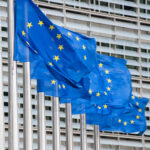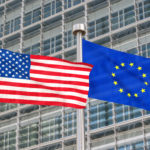The European institutions are preparing to put in place a new document aimed at facilitating travel.
Both the legislative and the technical preparations are well-advanced. According to EU sources, a test run of what is called the Digital Green Certificate (DGC) is to start in mid-May. From June, states can link up to the gateway and start applying the scheme. By the end of that month, all 30 countries are expected to issue the certificates to their nationals and residents and accept those coming from other participating countries.

Photo: Shutterstock
Meanwhile, the European Parliament on Thursday voted by a large majority to support the measure. However, the deputies called for the scheme to be limited to 12 months and then be scrapped. The Commission, meanwhile, wants to follow the guidance of the World Health Organisation in that matter. “We preferred that approach rather than adopting a specific time period, which would be arbitrary given that we don’t know how long the pandemic will last at this stage,” Justice Commissioner Didier Reynders said.
What are the main elements of the project?
- People who are fully vaccinated against Covid-19 with a vaccine that has the approval of the European Medicines Agency (EMA) will be issued with the certificate.
- Also eligible will be persons who have recently recovered from the disease or can show a recent negative test.
- The new document will be made available electronically in form of apps, either using existing Corona tracing apps or new apps that can be used on smartphones. The document – essentially a QR code – can also be printed out on paper.
- Only public authorities such as the border police and travel companies such as airlines will be able to access the information stored in the DGC. It will only be used to facilitate cross-border travel, but not to access concerts, restaurants or shops (such measures remain in the competence of EU member states, though).
- While the system will be rolled out EU-wide, national authorities will continue to define the conditions for travellers to enter their territories, i.e. entry conditions continue to be different from country to country.
- The European Commission is already in talks with third countries outside the EU to negotiate mutual recognition of similar passports. However, a so-called adequacy decision will have to be taken in each case. Individual member states have also been moving to allow in nationals of third countries where such documents are already in place (e.g. Israel).
- Databases will continue to be managed at the national level, but linked up through the eHealth Network of the EU to ensure interoperability and data protection. The gateway will be hosted at the European Commission’s data centre in Luxembourg. In other words: There will not be a single European database.
Didier Reynders told the European Parliament this week that any delays in the rollout of the scheme would risk fragmentation and frustration among citizens. He warned of possibly incompatible national solutions. Some sticking points remain.
Under the Commission’s plan, private data will not be stored in the certificate. However, member states have reportedly called for more personal data to be collected, allowing for it to be processed for other purposes, including retention periods.
Author: Michael Thaidigsmann






